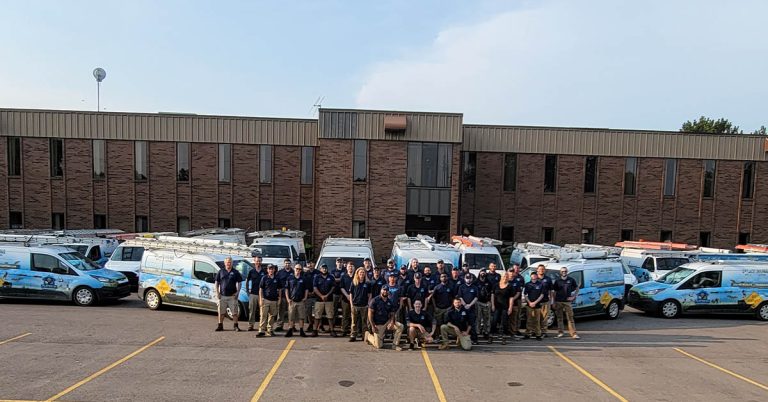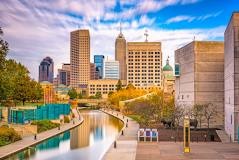We safely remove bats, squirrels, raccoons, opossums, mice, birds, and skunks from your Indianapolis IN home or business.
The best way to get rid of pesky animals is by calling the professionals. We’re experts in removing unwanted wildlife, rodents and pests from your home or business–safely!
If you think there’s an animal in your attic, basement or walls (bats? birds? squirrels? opossum?) our team of professionals will check for entry points, fill holes and clean up the mess. All wildlife is safely, and humanely, removed in compliance with your municipality’s requirements.
We are licensed and insured and guarantee our work with a one-year warranty.
Got critters? We’ll remove them. And with our warranty, if they come back, we will too!

- Bat Removal
- Squirrel Removal
- Raccoon Removal
- Licensed, Bonded & Insured.
- Family Owned & Operated.
- Licensed Professionals.
Serving Indianapolis, South Bend & Fort Wayne
We serve these other locations as well. We have wildlife trapping technicians available 24 hours a day.
- Fernald
- Grandview
- Ross
- Miamitown
- Birdland
- New Baltimore
- Fort Scott
- Miami Station
- Miami Heights
- Sekitan
- Taylors Creek
- Fairplay
- Dunlap
- Addyston
- Brandy Wine
- Dry Ridge
- Fernbank
- Symmes Corner
- Mack North
- Fairfield
- Dent
- Dixiedale
- Barnesburg
- Bevis
- Dornbusch
About Indianapolis, IN

39°46′07″N 86°09′29″W
Indianapolis (/ˌɪndiəˈnæpəlɪs/),[9][10] colloquially known as Indy, is the state capital and most-populous city of the U.S. state of Indiana and the seat of Marion County. According to the United States Census Bureau, the consolidated population of Indianapolis and Marion County in 2020 was 977,203.[11] The “balance” population, which excludes semi-autonomous municipalities in Marion County, was 887,642.[12] It is the 15th most populous city in the U.S., the third-most populous city in the Midwest, after Chicago and Columbus, Ohio, and the fourth-most populous state capital after Phoenix, Arizona; Austin, Texas; and Columbus. The Indianapolis metropolitan area is the 33rd most populous metropolitan statistical area in the U.S., with 2,111,040 residents.[13] Its combined statistical area ranks 28th, with a population of 2,431,361.[14] Indianapolis covers 368 square miles (950 km2), making it the 18th largest city by land area in the U.S.
Indigenous peoples inhabited the area dating to as early as 10,000 BC.[15] In 1818, the Lenape relinquished their tribal lands in the Treaty of St. Mary’s.[16] In 1821, Indianapolis was founded as a planned city for the new seat of Indiana’s state government. The city was platted by Alexander Ralston and Elias Pym Fordham on a 1-square-mile (2.6 km2) grid next to the White River. Completion of the National and Michigan roads and arrival of rail later solidified the city’s position as a manufacturing and transportation hub.[17] Two of the city’s nicknames reflect its historical ties to transportation—the “Crossroads of America” and “Railroad City”.[18][19][1] Since the 1970 city-county consolidation, known as Unigov, local government administration operates under the direction of an elected 25-member city-county council headed by the mayor.
Indianapolis anchors the 29th largest economic region in the U.S., based primarily on the industries of trade, transportation, and utilities; professional and business services; education and health services; government; leisure and hospitality; and manufacturing.[20] The city has notable niche markets in amateur sports and auto racing.[21][22] The city is home to three Fortune 500 companies, two major league sports clubs (Colts and Pacers), five university campuses, and several museums, including the world’s largest children’s museum.[23][24] However, the city is perhaps best known for annually hosting the world’s largest single-day sporting event, the Indianapolis 500.[25][26] Among the city’s historic sites and districts, Indianapolis is home to the largest collection of monuments dedicated to veterans and war casualties in the U.S. outside of Washington, D.C.[27][28]
bats in the attic? Contact Us
